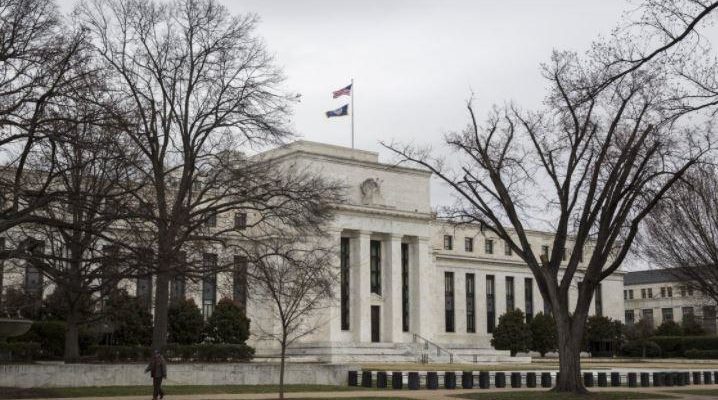For more than a year now, big banks have been shafting their customers by refusing to raise interest rates on deposits and products like CDs – opting instead to use the added income to pad their bottom lines after nearly a decade of rock-bottom rates.
This has been great for shareholders, who will indirectly reap the benefits of cheap financing costs and rising profits. Until recently, JP Morgan Chase & Co. had raised its average deposit rate by a paltry 0.21 percentage points, despite the fact that interest rates have risen by 1.25% since the cycle began. A sixth rate hike is widely expected when the Fed meets later this week.

But until deposit rates catch up with the interest rates being charged by banks and credit card companies, consumers will continue to be squeezed as rising interest rates will make the record aggregate debt pile borne by US households even harder to service.
(Click on image to enlarge)

In a glimmer of hope for consumers who have entrusted their savings to one of the country’s largest banks (JP Morgan or Bank of America, for example), banks are beginning to raise their deposit rates ever so slightly, according to the Wall Street Journal. Case in point, the average rate on a one-year certificate of deposit climbed to 0.49% last week, according to Bankrate.com – its highest level in more than seven years.

The problem is – as we pointed out last summer – the biggest banks won’t feel compelled to raise interest rates markedly until they face pressure from the public to do so. Already, deposit rates have been raised for businesses and affluent individuals.
But for the rest, near-zero returns have remained the norm.
Banks over the past year have already raised the interest paid on deposits held by businesses and affluent individuals who demand it. But their tentative foray into higher CD rates is more about trying to get ahead of average customers’ demands.
It’s a tricky calculation. Banks don’t want to pay more than they have to, but they also don’t want to keep deposit rates so low that customers eventually leave.
“This is the biggest story that investors and bankers are going to talk about for the next two years,” said Gerard Cassidy, an analyst at RBC Capital Markets, “after a period of eight or nine years of not even worrying about it.”

